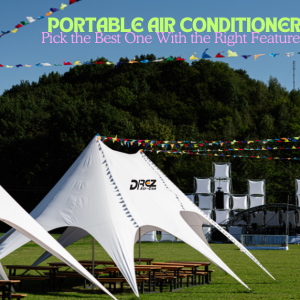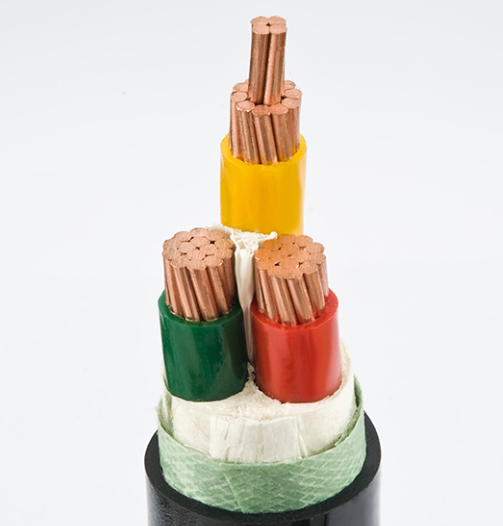Aerial power cables are essential components in modern electrical power distribution systems. Designed to transmit electricity across long distances through overhead networks, they provide a reliable and cost-effective solution for both urban and rural power transmission. HNBFpower, a trusted name in electrical solutions, specializes in high-quality aerial power cable that meet global performance and safety standards.
1. Structure and Composition of Aerial Power Cables
Aerial power cables are engineered with a robust design to ensure durability and conductivity under varying weather and load conditions.
Main components include:
-
Conductor: Usually made of aluminum or aluminum alloy for high conductivity and lightweight properties.
-
Core: May include a steel or composite core (in ACSR cables) for mechanical strength.
-
Insulation: High-grade cross-linked polyethylene (XLPE) or polyethylene (PE) ensures safety and protection from electrical faults.
-
Outer Sheath: Protects against UV rays, moisture, and mechanical damage.
HNBFpower’s aerial cables undergo strict manufacturing control to ensure superior performance and long service life even in harsh environments.
2. Technical Specifications
While specifications vary depending on the type and use, typical aerial power cable parameters include:
-
Voltage Rating: 0.6/1 kV up to 35 kV
-
Conductor Size: Ranges from 10 mm² to 800 mm²
-
Conductor Material: Aluminum, aluminum alloy, or ACSR (Aluminum Conductor Steel Reinforced)
-
Temperature Rating: Continuous operation up to 90°C
-
Insulation Material: XLPE or PE
-
Standards Compliance: IEC, ASTM, and GB standards
HNBFpower ensures all cables are tested for mechanical strength, electrical resistance, and environmental resilience to guarantee consistent quality.
3. Key Characteristics
Aerial power cables offer several unique characteristics that make them ideal for overhead power distribution systems:
-
Lightweight Construction: Easier to install and handle compared to underground cables.
-
High Tensile Strength: Reinforced with steel cores for better support across long spans.
-
Weather Resistance: Withstands UV exposure, humidity, and temperature variations.
-
Electrical Efficiency: High conductivity ensures minimum power loss.
-
Safety Assurance: Reliable insulation prevents leakage and short circuits.
HNBFpower designs its cables to deliver optimal performance while maintaining safety and cost efficiency.
4. Advantages of Using Aerial Power Cables
Aerial power cables are widely used due to their practical and economic benefits:
-
Easy Installation: Requires minimal excavation or groundwork, reducing time and cost.
-
Low Maintenance: Designed to last for decades with minimal service needs.
-
Cost-Effective: Less expensive than underground cabling systems.
-
Flexibility: Suitable for temporary and permanent power networks.
-
Enhanced Reliability: Modern materials reduce fault frequency and improve energy efficiency.
HNBFpower’s aerial cables combine mechanical strength with electrical performance, ensuring long-term reliability and reduced maintenance costs.
5. Applications of Aerial Power Cables
These cables are suitable for:
-
Overhead transmission and distribution lines
-
Rural electrification networks
-
Temporary power supply lines
-
Urban and industrial power infrastructure
-
Renewable energy projects such as solar and wind power connections
HNBFpower provides tailored solutions to match specific project requirements across industries.
6. Buying Guide: Choosing the Right Aerial Power Cable
When selecting an aerial power cable, consider the following factors:
-
Voltage Level: Ensure the cable matches the system’s voltage requirement.
-
Conductor Type: Choose between aluminum, alloy, or ACSR based on strength needs.
-
Span Length: Longer spans require higher tensile strength cables.
-
Environmental Conditions: Select insulation suited to UV, rain, or extreme temperatures.
-
Compliance: Verify adherence to international or local electrical standards.
HNBFpower experts can assist in cable selection based on your technical and environmental needs, ensuring a perfect balance of performance and cost.
Conclusion
Aerial power cables play a crucial role in efficient power transmission, offering a balance of durability, conductivity, and cost-effectiveness. HNBFpower continues to lead in manufacturing premium aerial cables that ensure reliability, safety, and long service life for all power distribution applications.







